Last Updated: March 1, 2024
Learn how long it takes to rebuild your credit score
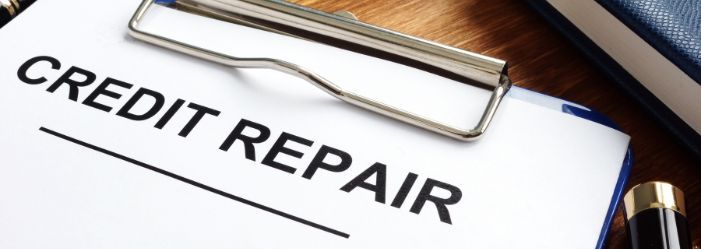
Disclaimer: We are not qualified legal or tax professionals and are not giving advice. Always speak with a qualified professional before making any legal or financial decisions.
Emerging from Chapter 7 bankruptcy presents a unique set of financial challenges and opportunities. If you're standing in the shadow of bankruptcy, wondering how you can possibly rebuild your credit, you're not alone. The journey to financial recovery might seem daunting, but there's a clear path forward.
With the right strategies, rebuilding your credit score is not only possible but can be more straightforward than you anticipate. In this detailed guide, we'll explore the essential steps to take control of your financial future post-bankruptcy. From the initial steps of understanding the impact of bankruptcy on your credit to actionable strategies for credit improvement, we're here to provide you with the tools you need.
Whether it's securing a credit card designed for rebuilding credit, leveraging credit-builder loans, or adopting responsible credit habits, we'll cover all you need to know to manage this journey successfully. Join us as we simplify the process of credit rebuilding after Chapter 7 bankruptcy, offering you hope, clarity, and a blueprint for financial resilience.
Want to skip the article and speak directly to a debt specialist? Click here for a free consultation.
Why does bankruptcy affect credit histories?
A Chapter 7 bankruptcy means that your debts have either been erased because you have no way to pay them or you have paid them but probably not in full. The accounts have then been closed. All of these actions affect a different part of credit scores and that drives down your score.
In addition, the notation that you have been granted a bankruptcy stays on your credit history for at least six years if not ten. This signals to a potential lender that you have been unable to pay your bills in the past and thus may not be able to in the future. To dive deeper into a BK, you might want to explore the basics of bankruptcy and its various implications. Determining whether or not to file bankruptcy due to credit card debt can be a complex decision; find insights and guidance on whether to file bankruptcy for credit card bills
What shows up on a credit report?
A full credit report includes your name, addresses, sometimes occupation, all your debts, how long you have had them, how well you have done repaying them, and how much you owe. Speaking of credit reports, it's essential to be aware of the duration inquiries remain on it.
Your credit score depends on five factors: repayment history, debt to income ratio, credit mix, credit age, and new credit applications. For example, paying off credit cards can have a significant impact, and you might wonder how much your credit score increases after paying off credit cards.
We have a number of blogs discussing credit scoring in great detail, so this will hit just the highlights. Your credit score and creditworthiness go hand in hand. Learn more about the relationship between them here.
- Payment history (35% of score) - covers whether you have paid consistently, have previous bankruptcies, collections and delinquencies.
- debt to income ratio (30% of score) - looks at the ratio of your total debt divided by income. Multiply by 100 for a percentage. Lenders like to see a DTI or credit usage below 30%.
- credit mix (10% of score) - looks at the types of credit you have - car loan, mortgage, credit cards, etc.
- credit age (15% of score) - considers how long you have had credit. You must have at least six months of history to generate a score.
- credit applications (10% of score) - scores how many times you have applied for credit in the recent past. The more times you have a "hard pull" (full credit report) released, the lower your score.
What are the credit score ratings?
The FICO score rating system is below. VantageScore uses a similar scoring system with slightly different breaks in the numbering. The three major credit bureaus use either FICO or VantageScore credit scoring models.
- <580 Poor Well below the average score, the borrower may be a risk
- 580-669 Fair Below the average score, lenders may approve loans
- 670-739 Good Near or slightly above the average score
- 740-799 Very Good Above the average score, the borrower is very dependable
- 800+ Exceptional Well above the average score, exceptionally low risk
Why does my credit rating matter?
Your credit history and credit reputation are reflections of your responsibility. Future lenders look at it to see if you are a good risk to lend money to and the better your score, the lower the interest rates.
A potential employer may look at your score to see if you are a good risk as an employee - if you are not responsible with your money, you probably won't be with your employers.
That is a pretty broad generalization and you may have a perfectly good reason to have bad credit. Sometimes, explaining the circumstances to the lender or potential employer can help.
What is the average credit score after chapter 7?
The answer to this depends on what your score was going into bankruptcy. In general, you can expect to see a 150-point drop. Since most people filing bankruptcy have a low credit score, yours may bottom out in the 400s.
In rare cases, a person with a score in the 400s may see an increased score, but that is rare.
How can I build my credit after bankruptcy?
There is no fast way to rebuild your credit after bankruptcy, so don't fall for the credit repair scams. However, knowing the best time to file for bankruptcy can be extremely helpful. Understanding the difference between your FICO score and credit score is crucial for success.
If you make on-time payments every time, it will take about a year to bring your score up 100 points. Within two and a half years, you can get your score in the 680s if you are conscientious.
Focus on building good credit habits before applying for credit.
How can you rebuild your credit after bankruptcy?
Your first step in rebuilding your credit after bankruptcy is to look at how credit scores are produced. The number one factor in rebuilding your credit score is your payment history. Since most of your debts are gone, make this a habit.
The number two factor is your debt to income ratio. Do not take out more debt. If your DTI exceeds 30%, pay down whatever debt you have to get the ratio down.
These two actions will raise your score more quickly than any other plan.
While you are working on factors one and two, avoid applying for credit. We'll discuss what types of credit to look for in six to 12 months in the following section.
It will take at least six months for your score to show any changes because you need six months of new data on your credit history. Focus on making it perfect.
Finally, when you do begin to apply for credit, try for a mix of types - secured, unsecured, revolving, and term loans.
Does a credit score go up when bankruptcy falls off?
You can expect to see a 30 to 100-point increase in your credit score after the bankruptcy is removed. However, this takes between six and ten years to happen.
Credit Monitoring Services
A great way to monitor your credit rebuilding progress is to sign up for a free credit monitoring service. These services provide regular credit reports and scores so you can track your progress over time. Monitoring your scores frequently lets you see the real-time impact of your credit-building activities.
Some free options to consider are:
- Credit Karma - Offers free daily credit-score updates, full credit reports, and analysis of what's helping or hurting your score. They have useful tools to simulate actions like paying off debt and their projected influence on your credit.
- Experian Boost - Allows you to add on-time utility, cell phone, and streaming service payments to your credit file for an instant score boost. Provides a free Experian credit report and FICO score updated monthly.
- WalletHub - Gives free daily updates on your TransUnion credit score. Lets you check variables influencing your score and get alerts for key credit report changes. Useful educational resources on improving credit.
The key is to pick one service and stick with it consistently. Seeing the trends and progress over time is more valuable than switching between different scoring models. Use the information to better understand your credit standing and the impact of steps you're taking to improve it after bankruptcy.
Applying for rebuilding credit
When you are ready to start rebuilding your credit history, what sorts of credit should you look for?
Secured credit card
There are two different types of loans - secured and unsecured. A secured loan has an asset backing it. For instance, when you apply for a secured credit card you put down a refundable security deposit to secure it. Ask at your financial institution where you hold your savings and checking account.
As an example, you have $1,000 to offer as security. This cash deposit is held in a savings account and becomes your credit limit. As long as you repay the secured credit card, the money remains in your savings account. If you fail to pay your secured credit card, money is taken from your security deposit and the new balance is your credit limit.
Starting with low credit limits can be a great way to learn financial management.
As you pay off your secured credit card each month, your actions are reported to the three credit bureaus and your credit score improves. Once you have a good credit score, you can transfer to unsecured credit cards.
It is possible to get an unsecured credit card, but the interest rates will be higher. Many people end up in bankruptcy thanks in part to unsecured credit cards, so use them responsibly.
Rent Payments
If you rent, ask your landlord to report your payments. You can also sign up for a rent reporting service. On-time payments of your rent will improve your credit score.
If you have a loan or rental agreement with a friend, they can report that repayment as well. Many people wonder whether they should opt for
debt settlement or bankruptcy when dealing with financial challenges.
Retail Store Credit Cards
In addition to secured cards, consider applying for a retail store credit card with low credit limits after bankruptcy. The goal should be to use the card lightly and pay off the balance in full each month. This demonstrates you can responsibly manage even a small amount of credit extended to you.
Retail cards tend to be easier to obtain than major unsecured credit cards in the early stages of rebuilding your credit. If approved, use the card sparingly for modest purchases you can quickly pay off. Limit reliance on retail cards though, as high interest rates make them better for occasional use rather than revolving credit.
Over time, maintaining a perfect payment record with your retail card may allow you to eventually convert it to an unsecured Visa or Mastercard. This provides flexibility to use your credit line anywhere rather than just at one store.
While retail store cards aren't necessarily the priority, they can be a supplemental tool to re-establish a positive payment history and credit mix. Used prudently, they can help accelerate your credit recovery after bankruptcy.
Become an Authorized User
If you have a friend or family member willing to add you as an authorized user on their credit card, it can give your credit a boost. Their positive payment history will start to positively impact your credit report and score, assuming they have good credit habits and don't carry high balances on the card.
When you become an authorized user, the account holder's credit card will appear on your credit report along with its payment history. As long as they are making on-time payments and keeping utilization low, it can help raise your credit score over time.
Just be selective about who you ask and make sure they have a long credit history, low debt, and strong payment habits. You want to piggyback off responsible credit card use rather than risk being affected by missed payments.
While not as impactful as some other credit-building strategies, becoming an authorized user is relatively easy and can give your score a modest bump as you work on rebuilding credit after bankruptcy. It's one tool that may help accelerate your progress.
Credit Builder Loan
Credit builder loans are offered by most financial institutions. With a credit builder loan, you take out a loan but the money is put into a savings account as a security deposit. You then repay the loan. Once you repay the loan, the money in the account becomes yours. Again, the secret is making timely payments.
Other strategies to rebuild credit
There are other good ways to build credit that does not involve applying for credit.
Credit Counseling
If your financial education has been like most Americans, that is to say, non-existent, consider signing up for a credit counseling class.
Look for a non-profit credit counselor to help you learn the fine points of budgeting and money management. It may cost a bit, but it is worth the effort. It may also keep you out of financial trouble in the future.
Check your credit reports regularly
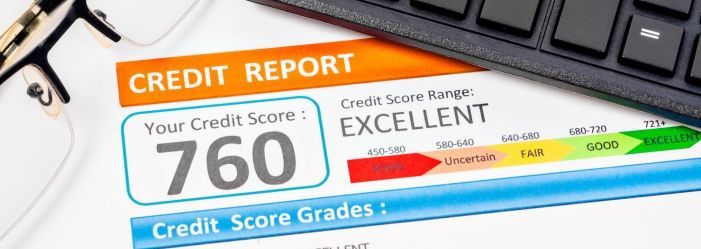
You are entitled to a free credit report once a year from each of the consumer credit bureaus. They can be requested online and most experts suggest requesting one company's report in January, the next in May, and the final in September, then repeating the cycle.
Look over each credit report for errors and request in writing that the errors be fixed. Sadly, the majority of credit reports have at least one error on them that affects the credit score.
This is an act of financial protection - many people discover they have been victims of identity theft by looking at their credit reports.
Authorized user
You can ask a family member with good credit to add you as an authorized user. This means you are listed on someone else's credit card account. You can use their credit card (but you don't have to) and their credit card payments positively affect your credit report.
Being an authorized user doesn't mean that you are learning good financial skills.
Chapter 13
Chapter 13 bankruptcy process is different from Chapter 7. It involves the restructuring of the debt rather than forgiveness. However, knowing the best time to file for bankruptcy can be extremely helpful.
Chapter 13 takes longer than Chapter 7, but you can begin to improve your credit score while in Chapter 13 bankruptcy by making timely payments. The Chapter 13 remark stays on your credit report for at least seven years but then falls off more quickly than Chapter 7.
Your credit score may drop by 200 points.
Good Financial Habits
Beyond the technical aspects of credit scoring, developing good money management habits is critical after bankruptcy. While credit repair strategies can help incrementally, real change comes from budgeting, fiscal discipline, and living within your means.
Here are some habits to focus on while rebuilding your credit:
- Create a realistic budget - Track income and expenses. Look for areas to save, and build in financial cushions.
- Build an emergency fund - Save 3-6 months' expenses so you avoid relying on credit for surprises.
- Pay bills on time - Set up autopay and reminders to stay organized.
- Limit unnecessary spending - Stick to needs rather than wants until you've reestablished stability.
- Live below your means - Spend less than you earn and avoid lifestyle inflation as income grows.
- Save and invest regularly - Pay yourself first and take advantage of employer retirement plans.
- Limit credit reliance - Use judiciously and intentionally rather than for unplanned spending.
- Review credit reports - Check for errors and monitor the progress of credit-building efforts.
- Seek financial education - Read reputable personal finance resources. Consider a money management course.
Bankruptcy provides a fresh start and a chance to cultivate these habits. Healthy financial behaviors separate credit score building from deeply improving your long-term financial situation. Establishing responsible money habits makes maintaining strong credit much easier.
FAQs
Conclusion
Rebuilding your credit after bankruptcy takes time, patience, and diligent effort. While the bankruptcy mark on your report fades over time, actively demonstrating responsible credit use accelerates your progress. Develop good financial habits around budgeting, saving, and reducing reliance on credit. Become an authorized user, explore credit builder products, and diligently monitor your score's upward trajectory.
You can use these helpful apps to stay on top of your credit health. With a disciplined approach and commitment to long-term behavior change, you can recover from bankruptcy faster than you may expect. The key is staying focused on building your credit health back up in a prudent way.
Bankruptcy has a huge impact on your credit score and personal finances. It is the last option because of these issues. If you are considering bankruptcy filing, give our debt specialists a call. We can explain your options including debt settlement so that you can make the best decision for your financial well-being.
If you are struggling with overwhelming debt and want to explore your debt relief options, Pacific Debt Relief offers a free consultation to assess your financial situation. Our debt specialists can provide objective guidance relevant information and support to help find the right debt relief solution.
*Disclaimer: Pacific Debt Relief explicitly states that it is not a credit repair organization, and its program does not aim to improve individuals' credit scores. The information provided here is intended solely for educational purposes, aiding consumers in making informed decisions regarding credit and debt matters. The content does not constitute legal or financial advice. Pacific Debt Relief strongly advises individuals to seek the counsel of qualified professionals before undertaking any legal or financial actions.
Reduce Your Credit Card Debt By Up to Half
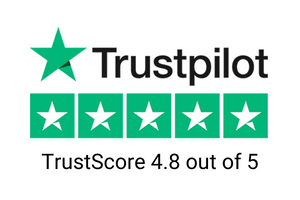
BBB Reviews | 4.9/5.0 Rating
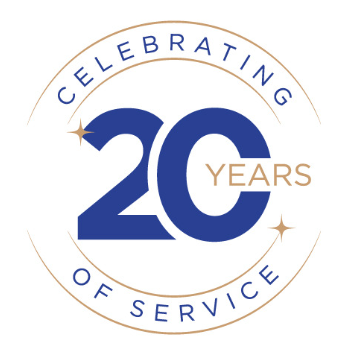
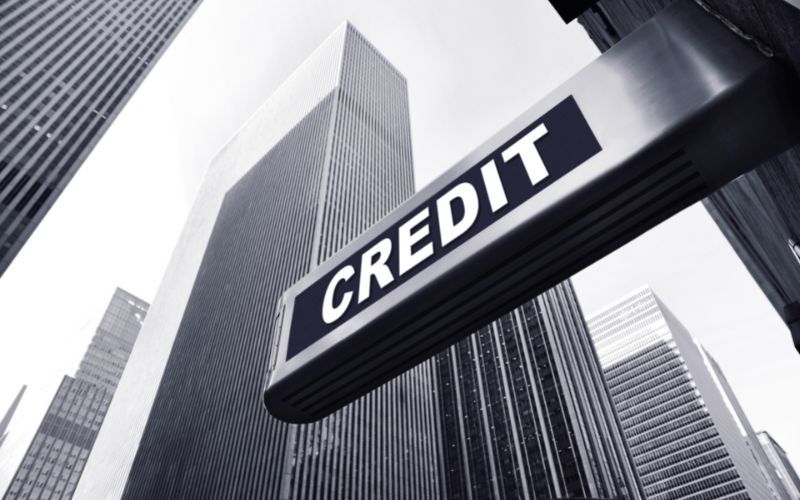





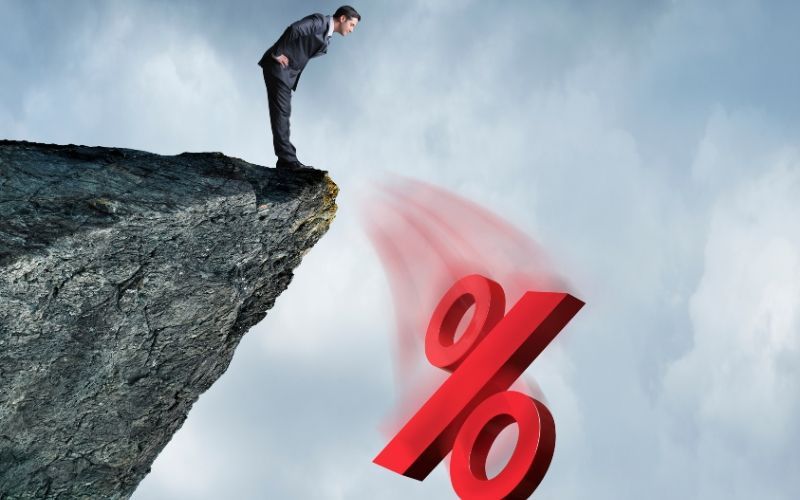
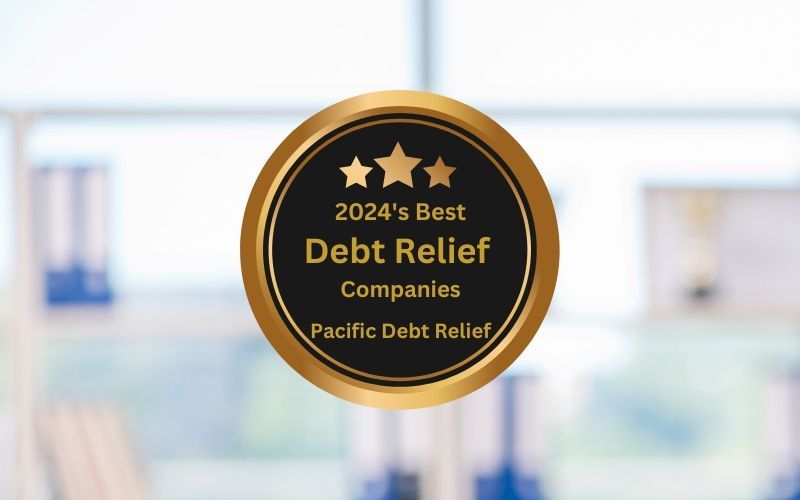
 Do Not Sell My Personal Information
Do Not Sell My Personal Information